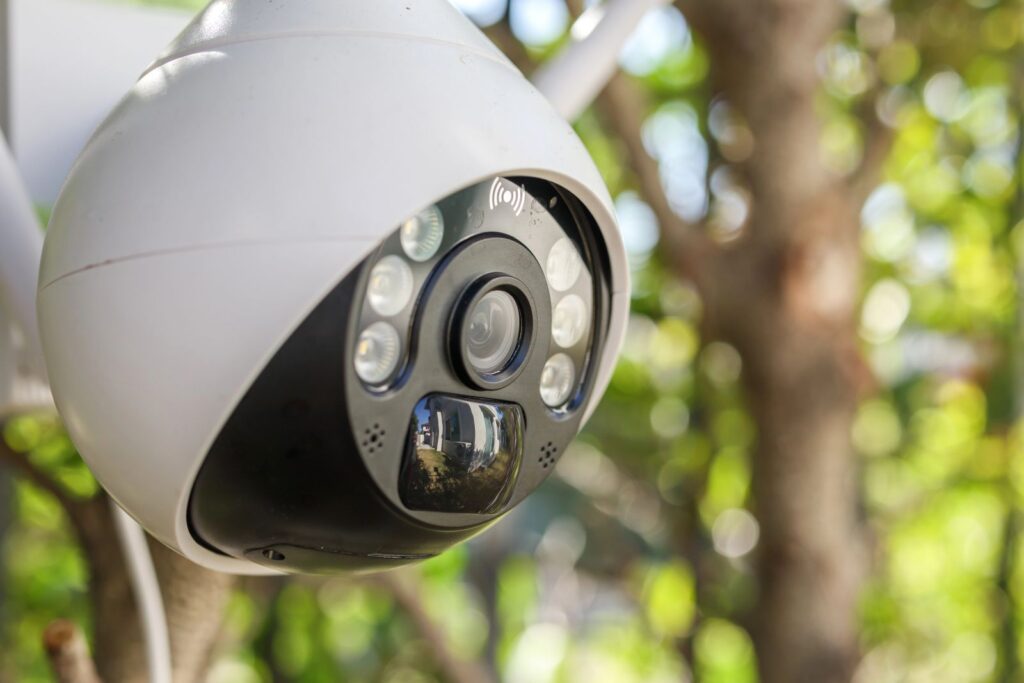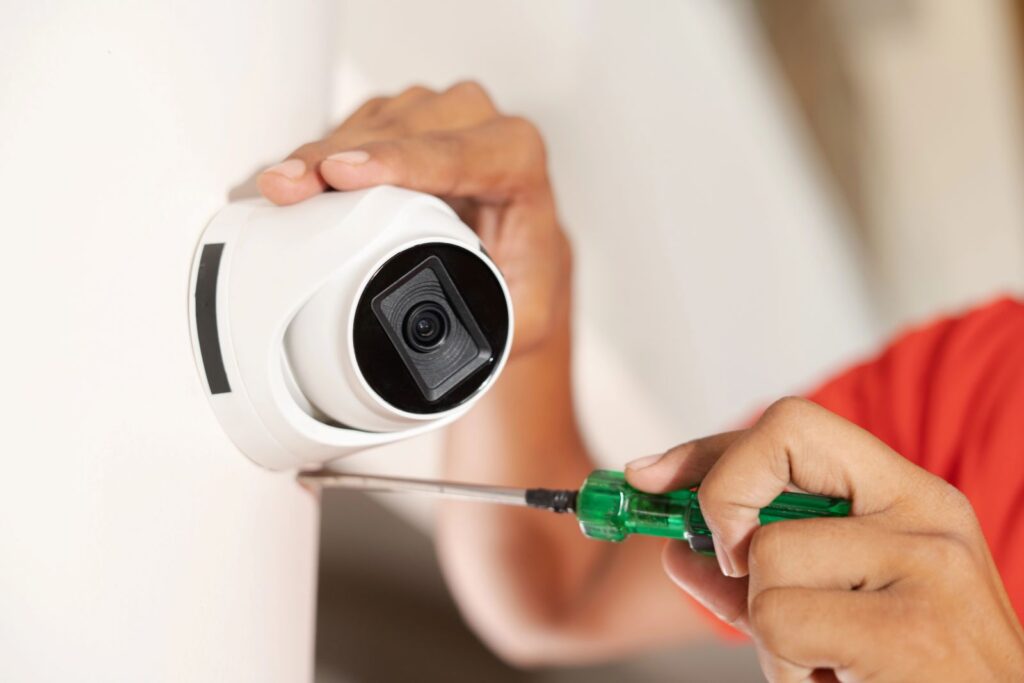Understanding the Modern Security Landscape
The Evolving Threat Profile in Australian Neighbourhoods
Australia has witnessed changing patterns in residential security concerns over recent years. National crime statistics continue to highlight home invasions as a persistent issue, with metropolitan areas experiencing higher volumes due to density factors, while regional properties face their own unique vulnerabilities due to isolation. This evolving landscape has prompted homeowners nationwide to reconsider their approach to home protection.
Beyond Burglary: The Comprehensive Value of Home Security
Today’s security systems deliver far more than basic intrusion prevention. They provide holistic protection for your entire household – from monitoring children and elderly family members to keeping pets safe when you’re away. Additionally, many insurance companies offer premium reductions for homes with certified security installations, providing financial benefits alongside peace of mind.
Essential Components of an Effective Security System
Remote Monitoring Options: Professional vs. Self-Managed Solutions
When evaluating security options, Australians must decide between professionally monitored services and self-monitored alternatives. Professional monitoring offers continuous surveillance with dedicated personnel ready to dispatch emergency services, while self-monitoring systems deliver notifications directly to homeowners via mobile applications. The choice often depends on lifestyle factors, including time away from home and desired response capabilities.
Integration with Connected Home Ecosystems
As smart home adoption accelerates across Australia, security system compatibility with platforms like Google Home, Amazon Alexa, and Apple HomeKit becomes increasingly important. This integration enables convenient automation – from voice-activated system arming to receiving instant alerts and accessing live footage remotely, regardless of your location.
Advanced Visual Surveillance Technology
Superior camera quality represents a critical investment in any home security package. High-definition cameras ensure identifiable footage that can be crucial during investigations. With Australia’s diverse environmental conditions, from sun-drenched coastal properties to dimly lit rural settings, cameras with exceptional low-light performance and night vision capabilities are particularly valuable.
Intelligent Detection Systems
Modern security relies heavily on sophisticated motion detection technology. The latest systems incorporate artificial intelligence to minimise false alarms, particularly beneficial in homes with pets or properties surrounded by vegetation that might trigger conventional sensors. This intelligence allows for customised sensitivity settings that balance comprehensive protection with practical convenience.

Security System Categories for Australian Properties
Connectivity Options: Hardwired vs. Wireless Configurations
Australian homes present diverse structural considerations that influence the choice between hardwired and wireless security solutions. Hardwired systems offer reliability advantages with consistent connections but require more invasive installation. Wireless alternatives provide flexibility and simpler setup, making them ideal for renters or properties with limited installation access points.
Installation Approaches: Self-Installation vs. Expert Implementation
The market offers increasing options for self-installed security packages that appeal to budget-conscious homeowners seeking straightforward solutions. These systems work well for compact properties with standard layouts. However, larger estates or properties requiring specialised features like perimeter monitoring or integrated emergency systems benefit from professional installation that ensures proper coverage and regulatory compliance.
Surveillance Strategies: Visual Monitoring vs. Sensor-Based Protection
Different Australian settings demand different security approaches. While sensor-based systems provide effective intrusion detection, they lack the visual evidence that camera systems deliver. Urban dwellings near high-traffic areas gain particular advantages from video surveillance for both deterrence and investigation purposes. Rural properties often benefit from hybrid solutions that monitor extensive grounds while protecting main structures.
Strategic Placement for Maximum Security Coverage
Critical Exterior Protection Points
Statistics show that intruders most commonly target front entrances, rear access points, garages, and ground-level windows. Optimal security requires strategic camera placement above these areas with sufficient viewing angles to cover approach paths. Combined motion-sensor lighting and camera systems provide particularly effective nighttime deterrence for suburban Australian properties.
Interior Defence Zones and Control Centres
Within the home, focus protection on main traffic areas like hallways and living spaces to detect unauthorised movement while maintaining privacy in personal spaces. Position central control units in accessible yet secure locations where they can effectively communicate with all system components while remaining protected from tampering attempts.
Financial Considerations for Australian Security Investments
Understanding Total Cost Structure
When budgeting for home security, Australian homeowners should consider both initial investment and ongoing expenses. Entry-level DIY packages start around $300-500, while comprehensive professional installations can range from $1,500-5,000, depending on property size and features. Monthly monitoring fees typically fall between $30 – $90, with additional costs for cloud storage, software updates, and maintenance.
Financial Incentives and Support Programs
Security investments may qualify for various financial benefits depending on location and system specifications. Many insurance providers offer premium reductions for homes with approved security installations. Some municipalities also provide rebates or incentives for certain security improvements, particularly in areas with targeted crime prevention initiatives.
Making an Informed Security Decision
Property Assessment and Personalised Risk Analysis
Before selecting a security system, conduct a thorough evaluation of your property’s specific vulnerabilities. Consider factors like property size, accessibility points, household composition including children or pets, and neighbourhood characteristics. Urban apartments have different security requirements than suburban family homes or rural properties.
Key Evaluation Criteria for Providers
When consulting with security professionals, inquire about system expandability, update policies, customer support availability, and warranty coverage. Verify proper licensing for your state or territory, and discuss critical considerations like power outage protocols, storage options for footage, and system lifespan expectations.
Conclusion: Investing in Lasting Security
Selecting an appropriate security system for your Australian property requires balancing technological capabilities, household needs, and practical considerations. Whether you reside in a bustling urban centre or quiet regional community, today’s advanced security solutions offer unprecedented protection capabilities. By understanding your specific requirements and the available options, you can make an informed investment that provides enduring protection and confidence for your household.


